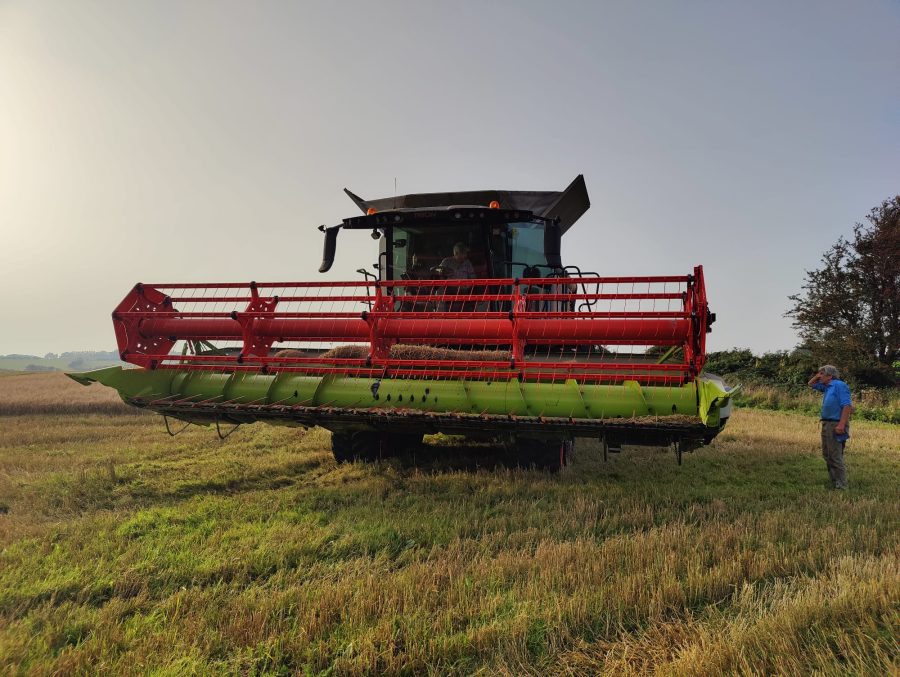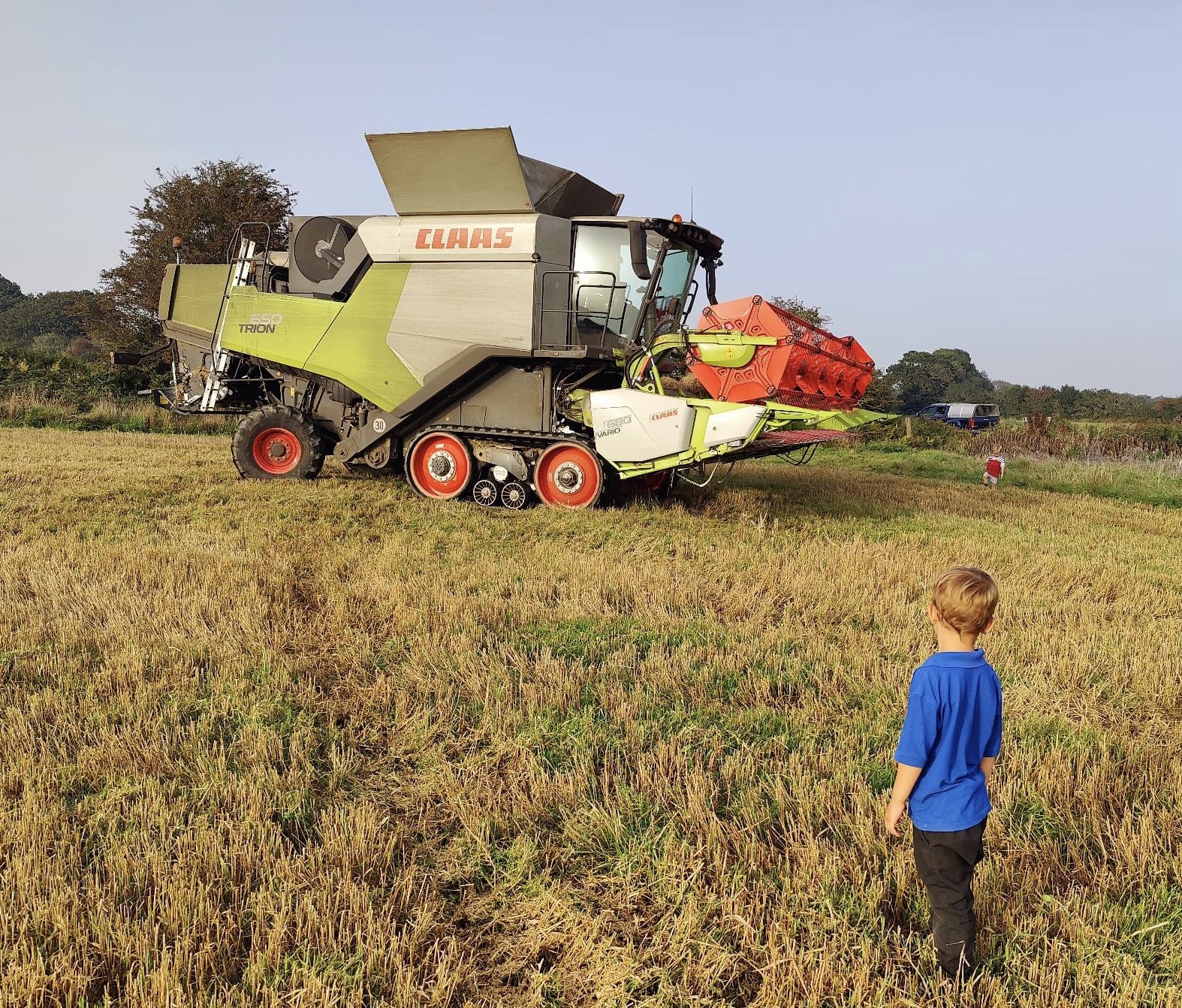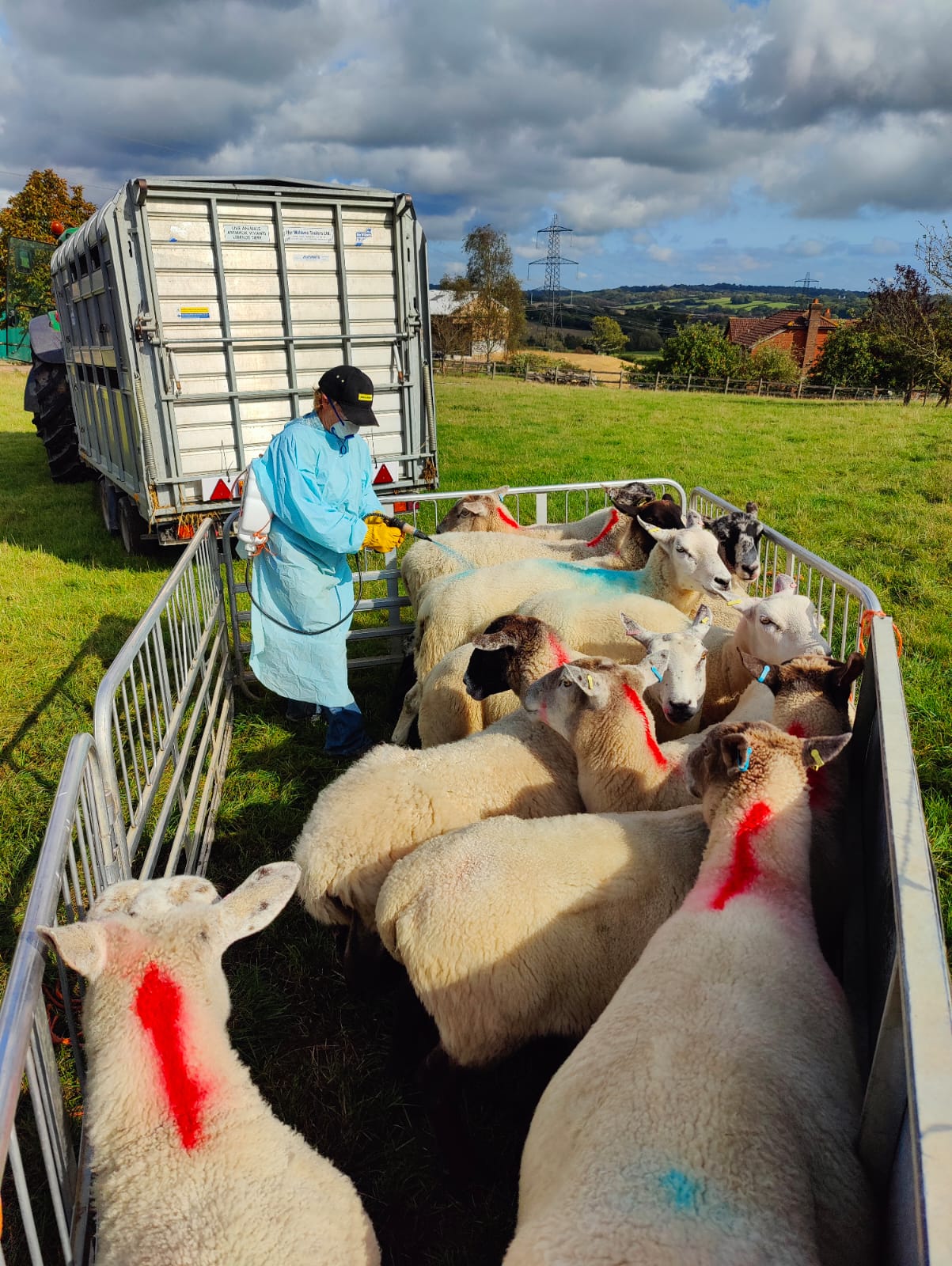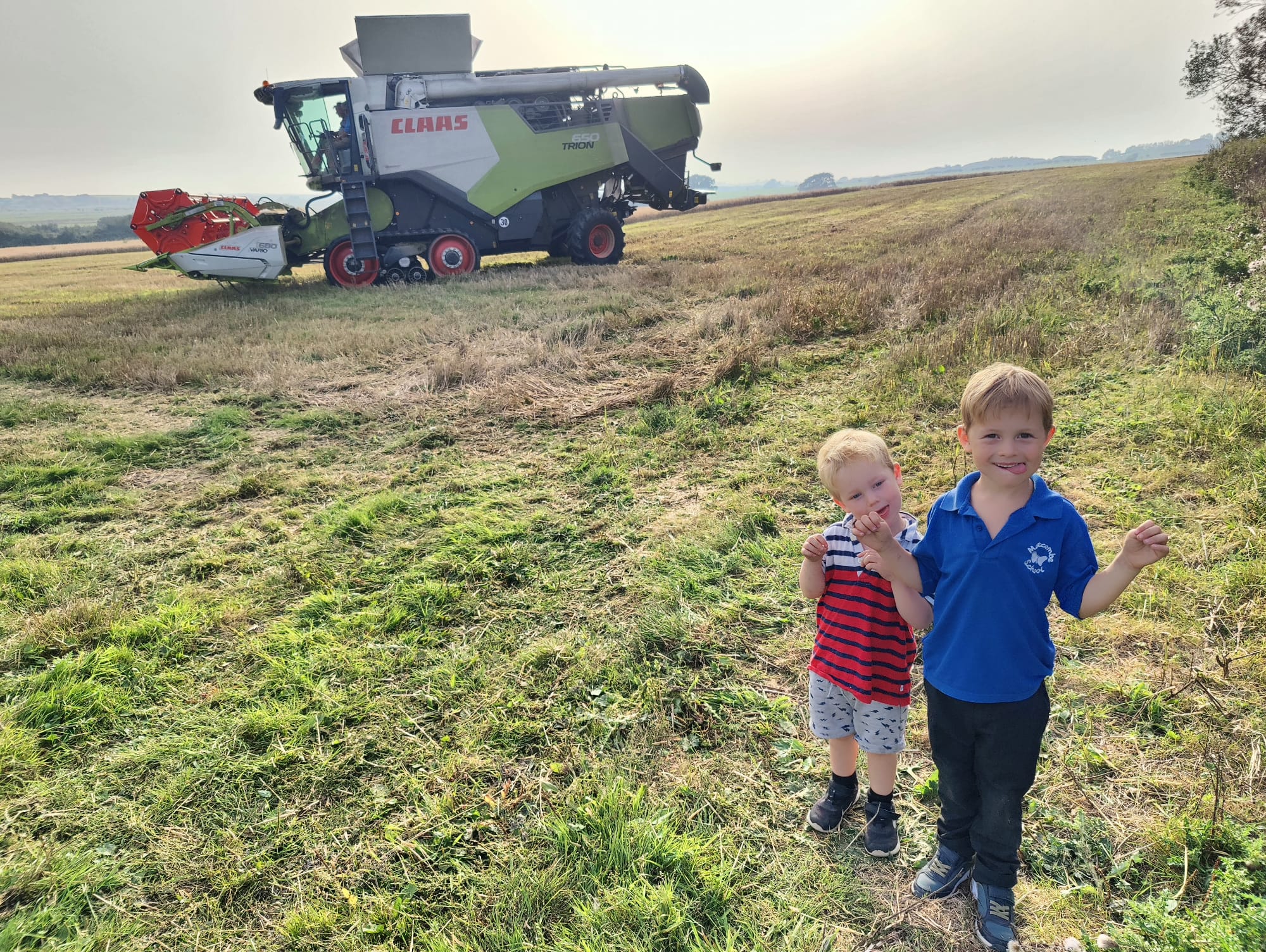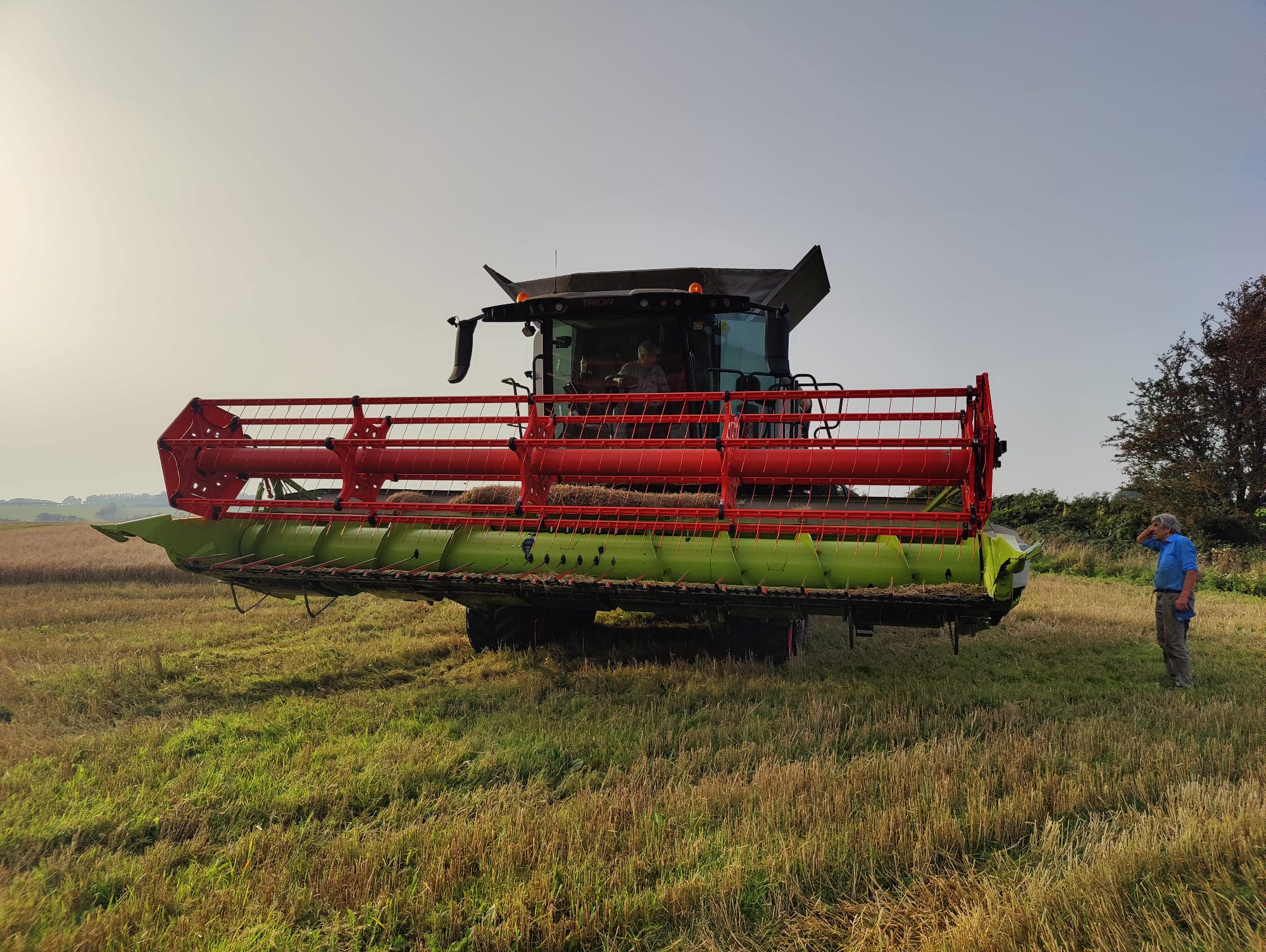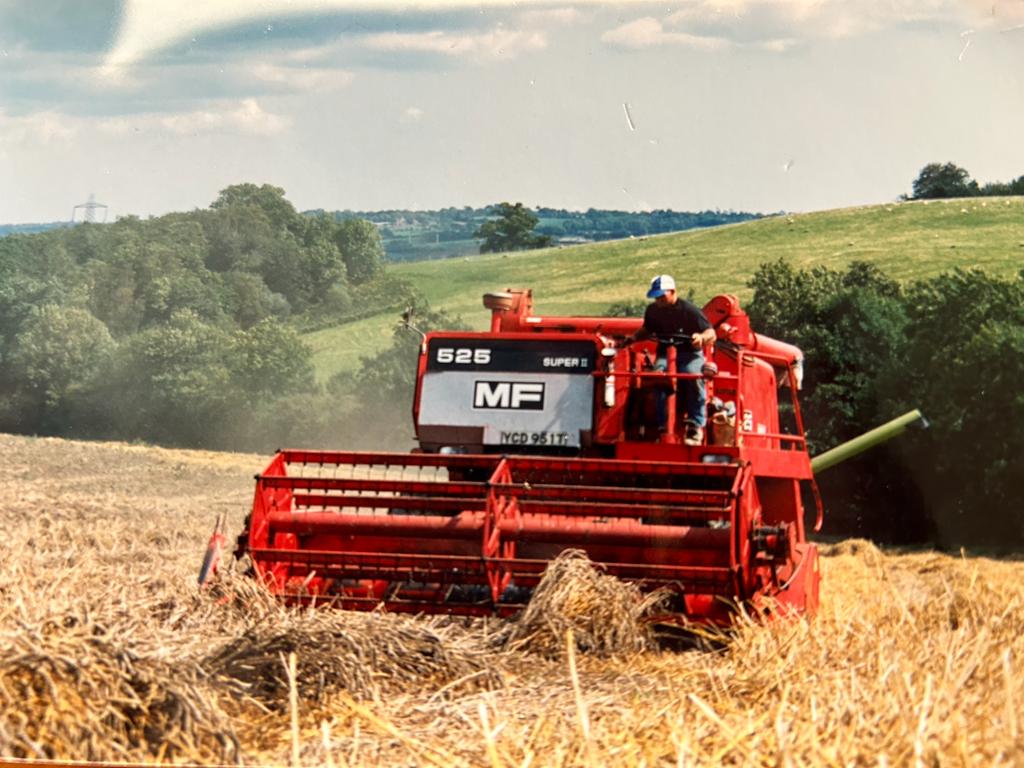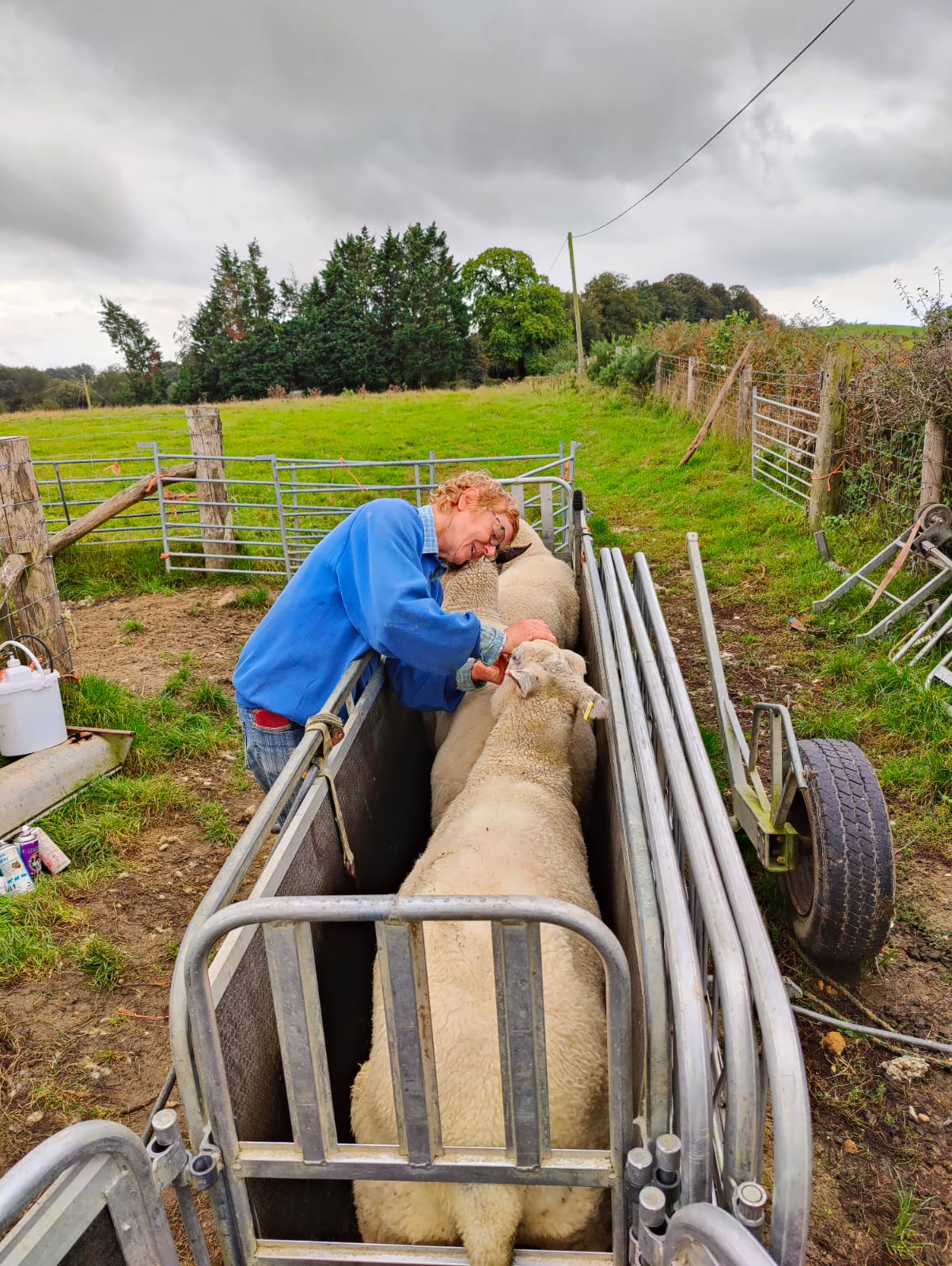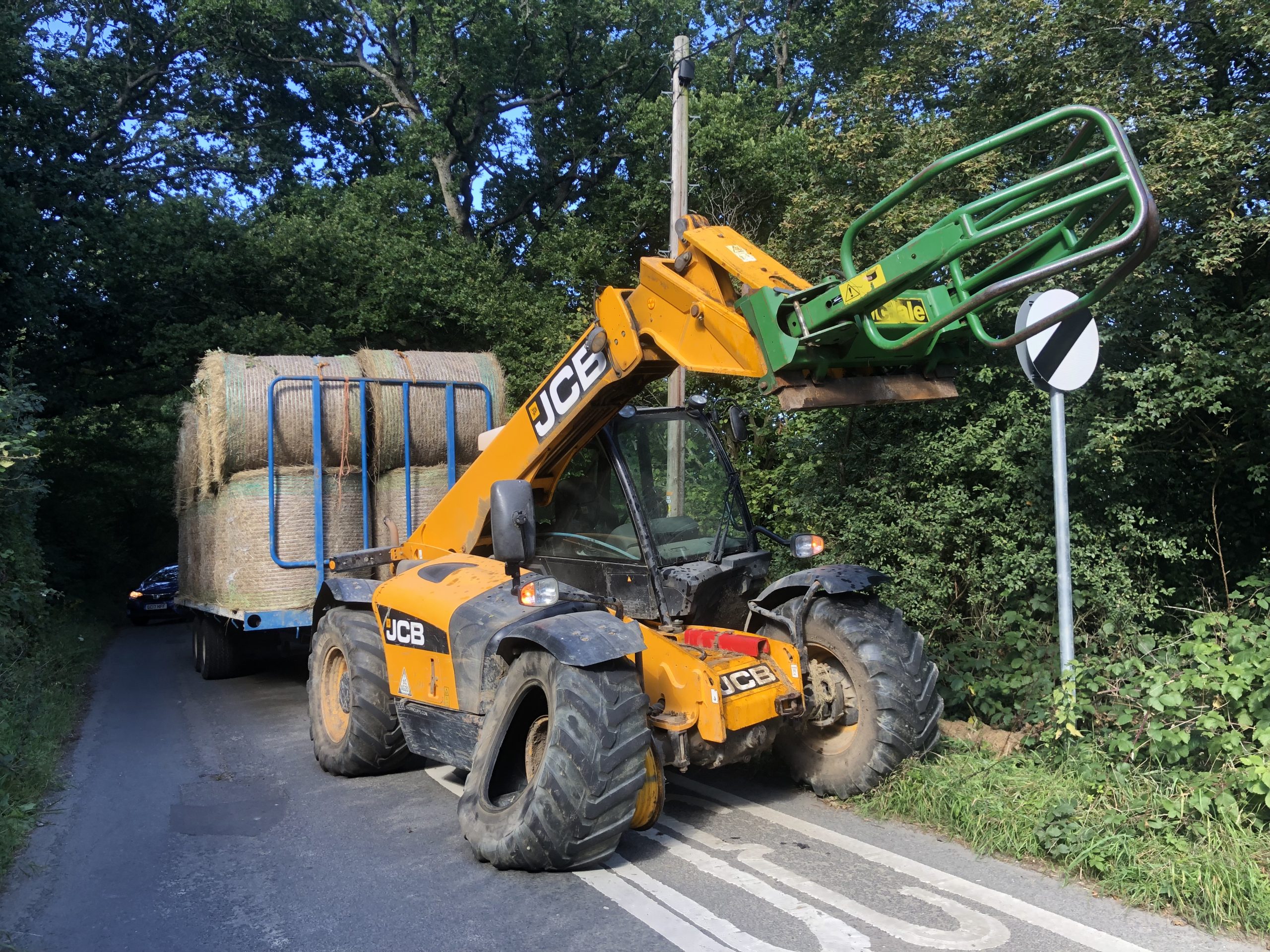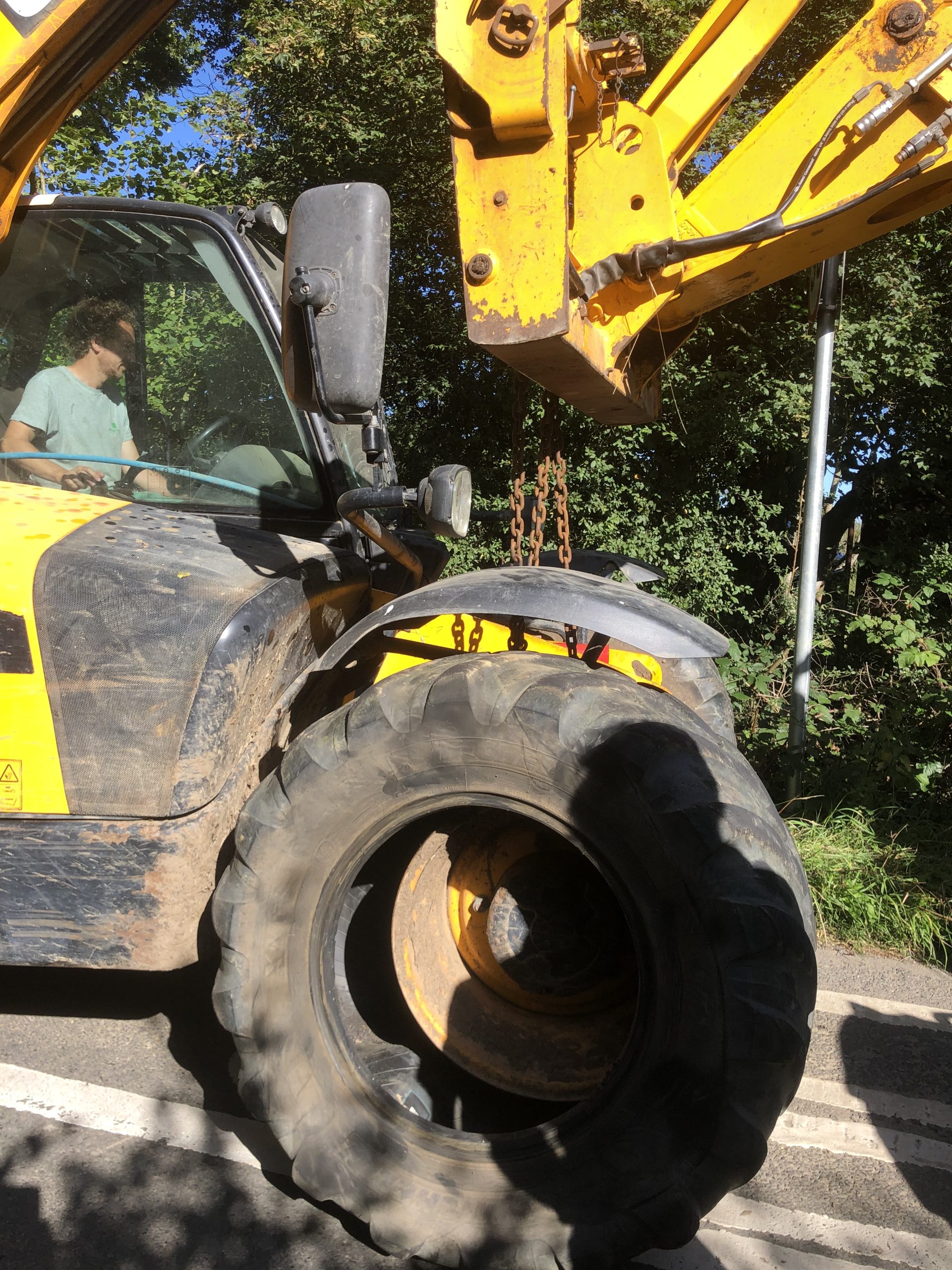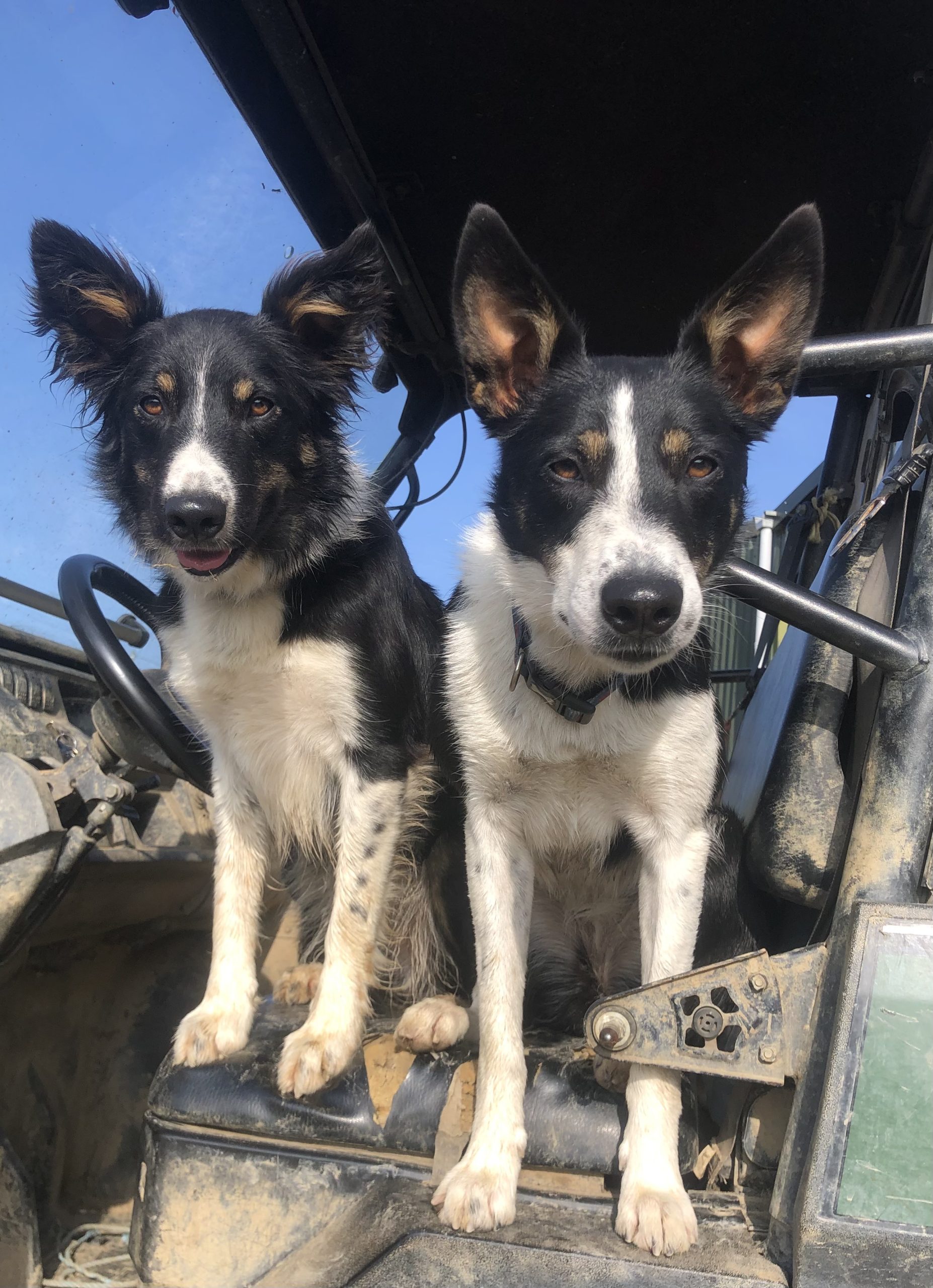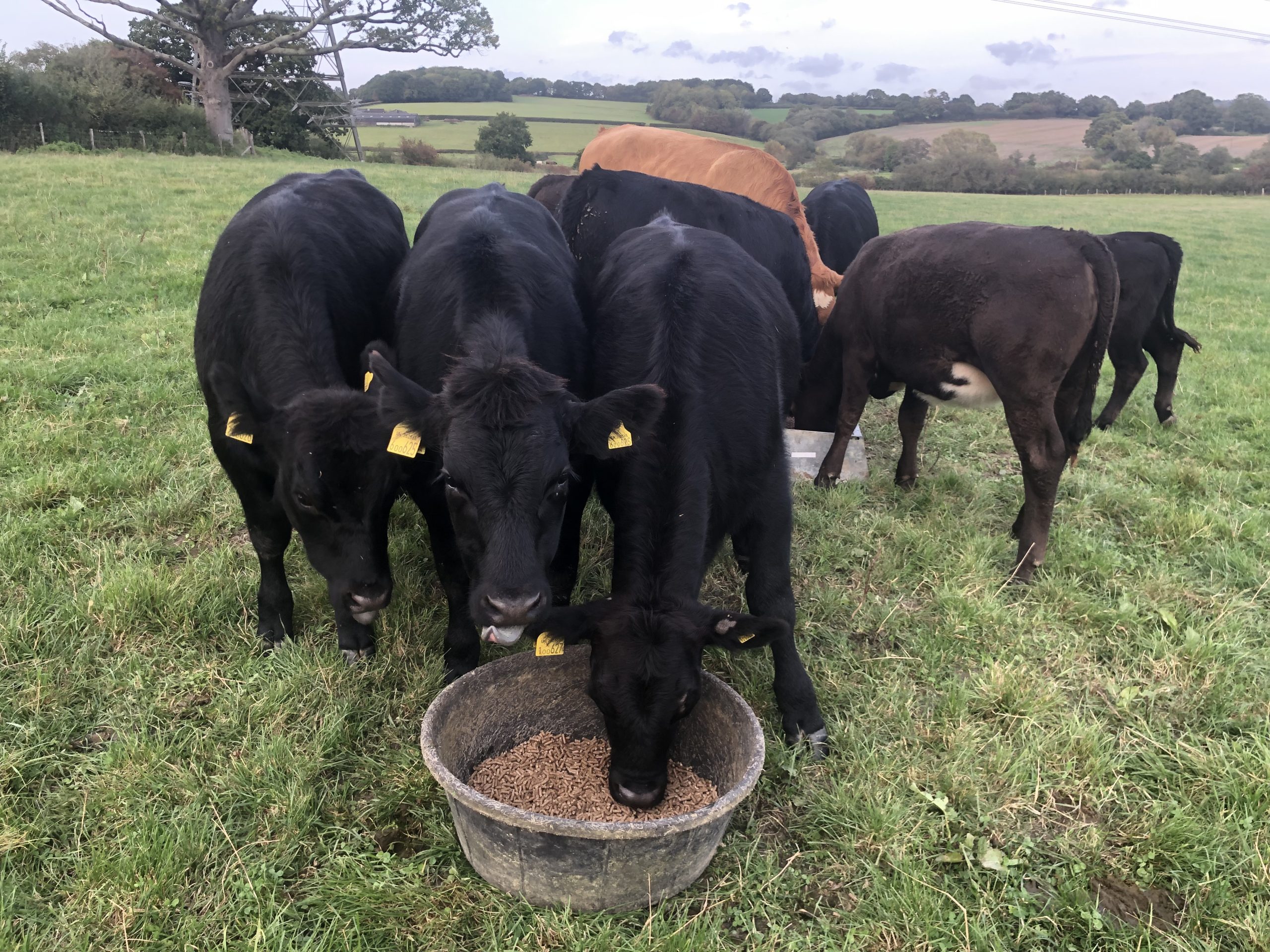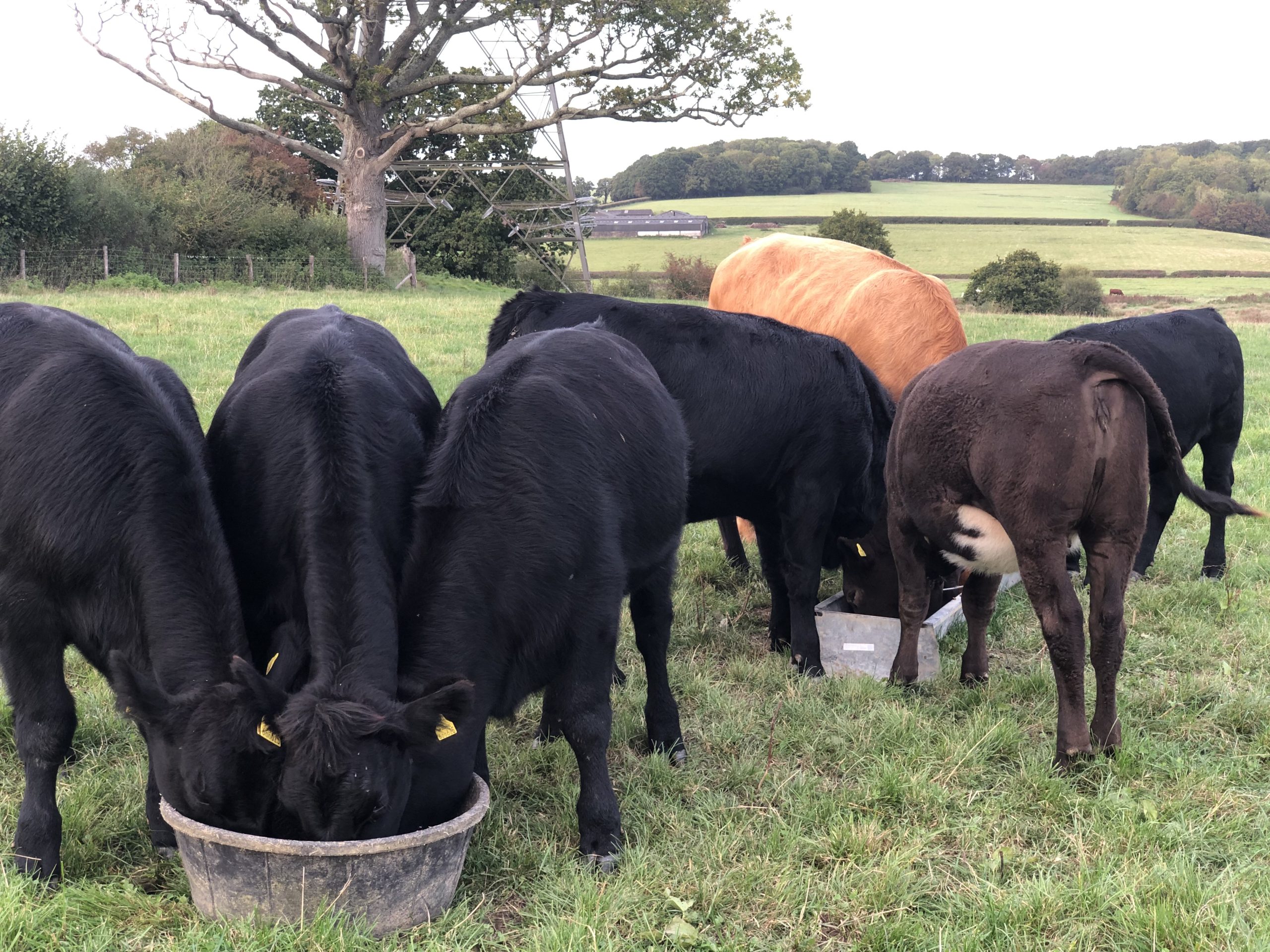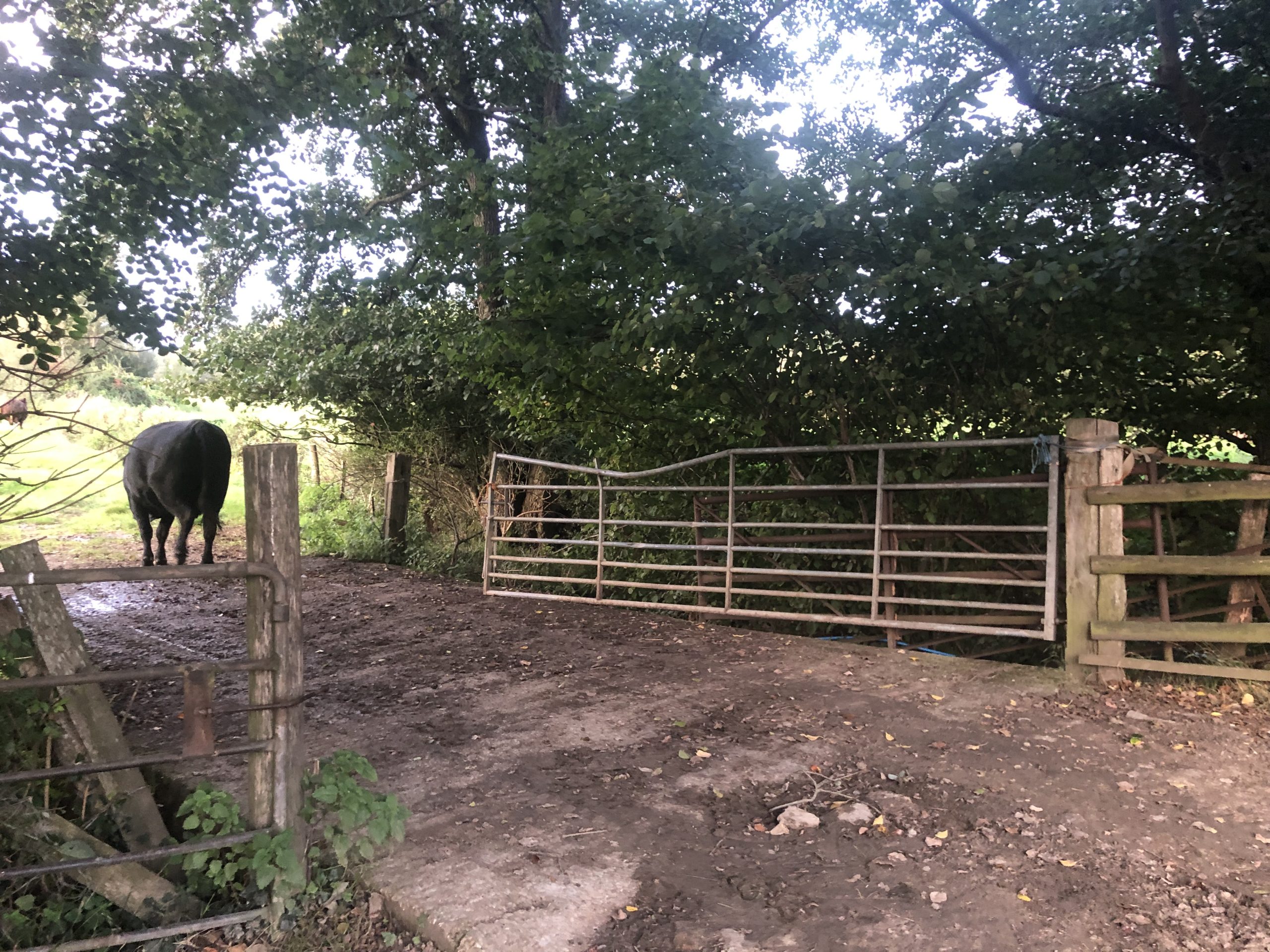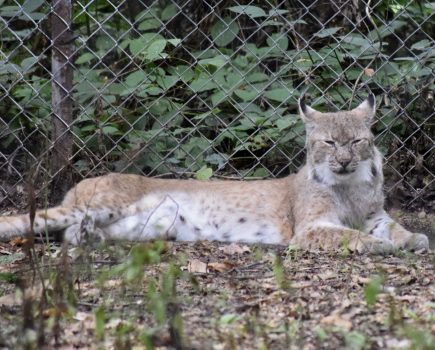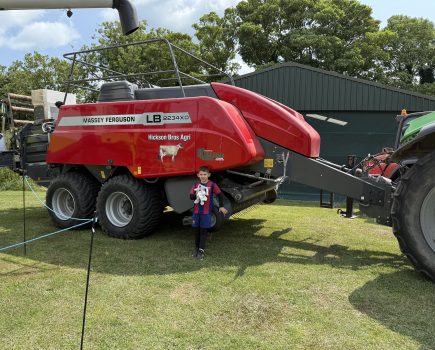Threats in response to a simple question do not help to form a conducive working relationship. Last year our TB test was in early October, rather than our usual November/December slot. This change caused us to lose grazing time on the marshes and we had to house the cattle earlier, which comes at a cost. The test was clear. Prior to this year’s official notification, we discovered we’d be expected to test early again, so I phoned the Animal and Plant Health Agency (APHA) to request we revert to our original testing times.
I was informed I’d have to talk to the duty vet, who would phone me back within four hours. This I did. The vet also sent me an email, explaining that my case would have to be made to the ‘overdue team, exceptions panel’ which reluctantly agreed that we could delay the test but stipulated that it had to be completed by 9/11/2023; TB restrictions would, however, apply to our herd during October. I was happy with the improved timing.
In all their communications, APHA included warnings that we might incur reductions of BPS and other agri-environmental scheme payments. This experience hasn’t encouraged me to rush into signing up for any government schemes. As a farmer I want the autonomy to do the best for my land and animals. Primarily I want to produce food and care for the environment, aims that should go together. I don’t like being dictated to by government bodies that sometimes fail to understand muddy boots on the ground situations.
Thank goodness the challenging weather during August was replaced (as soon as the kids went back to school) by September sunshine. My grandsons enjoyed their annual trip to the harvest field, where they checked out Bernard Hague’s Claas Trion 650, which is on tracks.
Bernard has been driving combines since the 1960s. He started his harvesting experience bagging up corn on an International harvester trailed behind a tractor. The first harvester he bought was a Massey 500 with a 10ft header; no cabs in those days. Today he uses a seven metre header and enjoys the comforts of a cab, modern technology and a computer which prints out detailed analysis.
I guess the days of scratching about in the straw behind the combine to see how much corn is lost or bragging about tons per acre is long gone, because you can’t argue with a computer; or can you?
In the sheep world the high humidity helped to increase the early breakdown of fly cover. We experienced fly strike in lambs treated with Clik Extra after ten weeks, when it’s supposed to protect them for 19 weeks. We’ve had to apply Ectofly, which appears to be working although I’d rather use a more environmentally friendly product.
Checking the stock today, I was gutted to find that a very shapely Charolais lamb not far off being finished had managed to get the bottom line of poly wire electric fence twisted around its neck, strangling itself. It beggars belief as to exactly how it managed to get itself into such a predicament; the fencer was going and the line was still up. It made me feel sad. As stock keepers we do our best to protect our animals, but it’s impossible to prevent all perils.
I heard of a recent incident where a three-phase electric cable fell onto a cattle electric fence, increasing the voltage; subsequently any cows touching that fence died. The farmer was checking the fence (unaware the line was down). Luckily he stayed on his quad bike but still received “a bit of a belt”. The fact that he didn’t get off his bike probably saved his life.
Several years ago, in a high wind, the pole that has our transformer attached to it snapped off at ground level. There was a large bang and our electricity was no more. The disruption was minimised as UK Power Networks supplied us with massive generators while they rectified the situation.
We all rely on electricity these days, and most farmers have power lines crossing their land; we need to stay vigilant about the safety issues it poses. Electricity doesn’t come without risk; stay safe.
Last week we weaned a bunch of calves that are penned in a shed while they get acclimatised. Their mothers were returned to their usual field, which is accessed via a concrete bridge over a small stream. The first morning I went to check them one cow had crossed the stream. I simply opened the gate and Brie held the others back while I persuaded the cow to rejoin her cohort.
The second day a different cow had crossed the bridge and jumped the gate, dislodging the top rail and knocking out the top hinge. The gate is now a pig to open and close. (Where did that expression come from?) I rather like pigs, but I’m not keen on operating this gate.
This cow crossed two fields and placed herself in the shed next to the calves. She goes out to graze but returns frequently to check on her offspring. I was touched by her determined vigilance and everyone seemed content with this arrangement, so I let her stay. My sympathy, however, has limits. While I was attending to the calves, this cow nonchalantly lifted a half bag of cattle cake destined for our finishing cattle out of the back of Shrek (ATV), tipped it on the ground and calmly started munching on it. Tomorrow she will return to her mates.
Nigel had a tricky situation when heading home with the JCB pulling a load of hay. He suffered a sudden puncture in the front wheel, causing the tyre to jump off the rim. His load was blocking the road, but he couldn’t move without doing damage. We received a phone call, but by the time we arrived some neighbourly farmers were already helping to sort the problem and unblock the road. I’m grateful for their timely assistance. Next day the puncture was fixed, enabling us to finish getting the winter forage home. The race to get things done before winter is here.
- George wondering if combine driving is the way to go!
- Applying fly cover, wearing protection because otherwise it affects me
- Grandsons visiting the harvest field
- Checking out teeth status
- Oops! Not what you want when you’re moving bales
- My helpers
- Weaned calves, back on pasture
- The gate that’s awaiting repair
For more like this, sign up for the FREE South East Farmer e-newsletter here and receive all the latest farming news, reviews and insight straight to your inbox.

